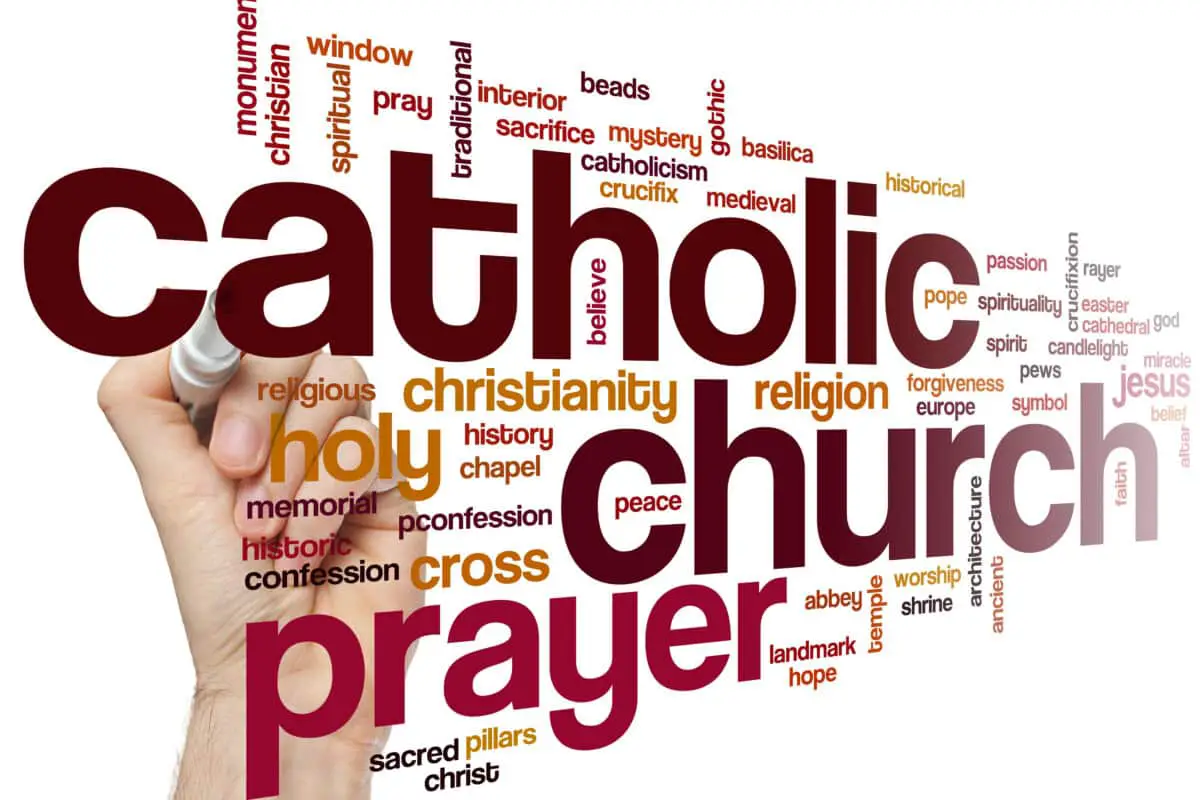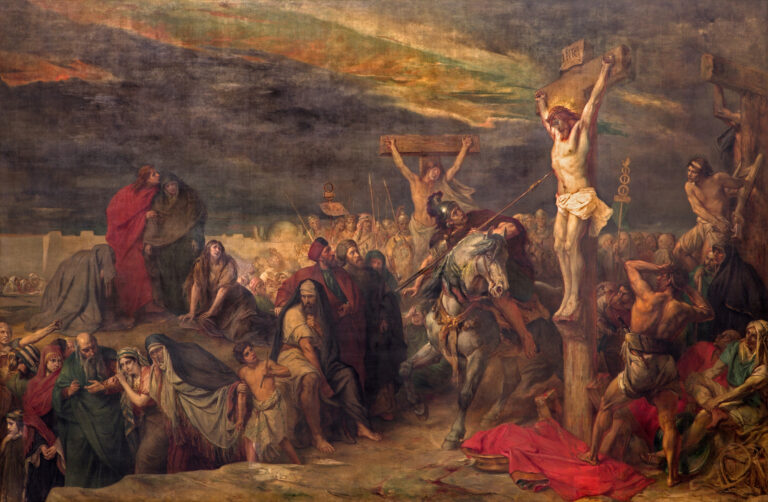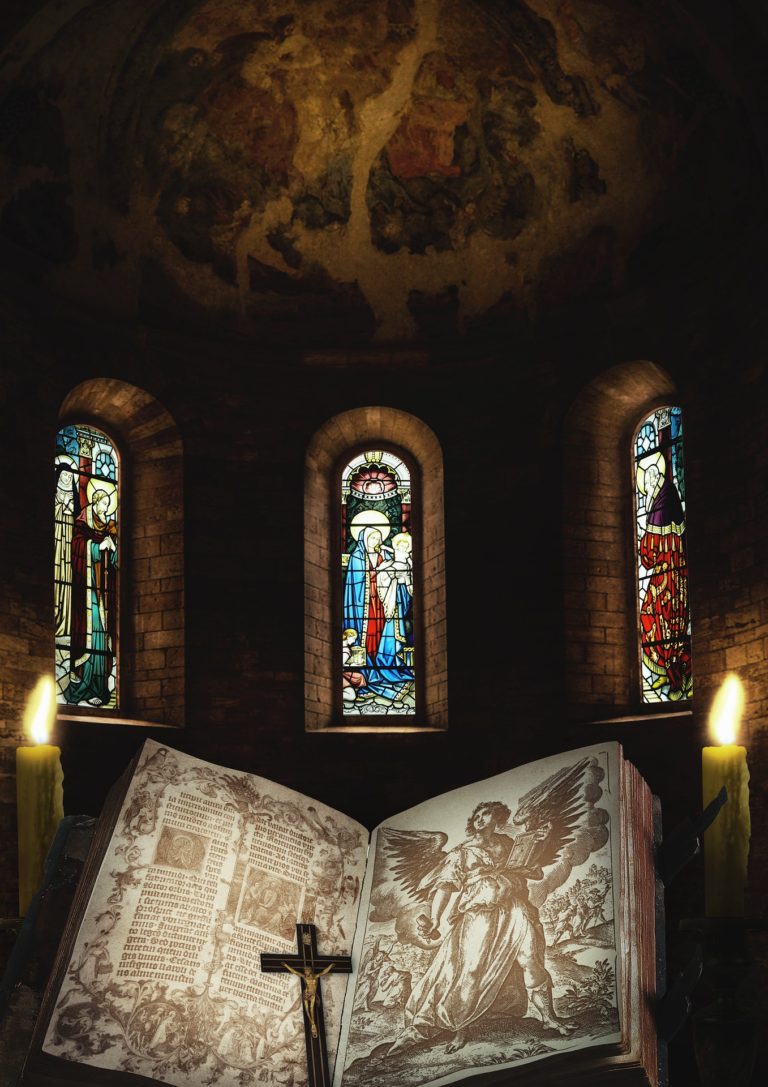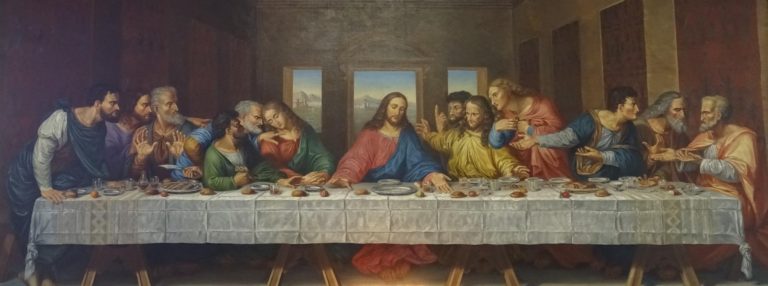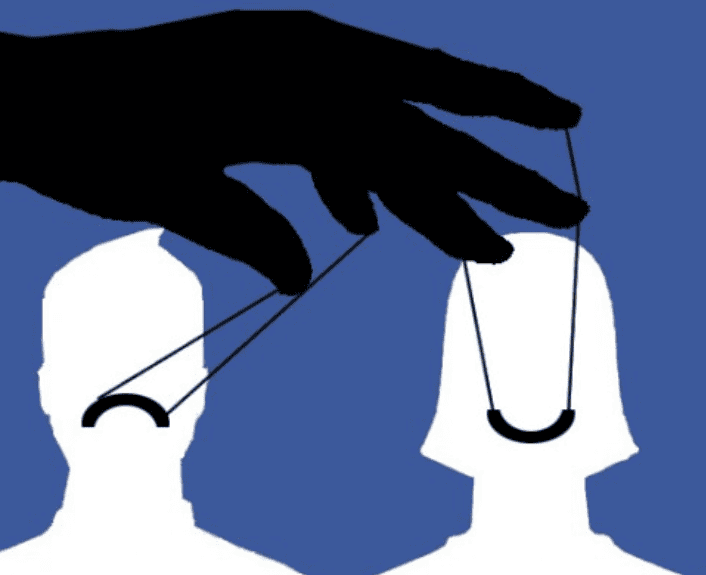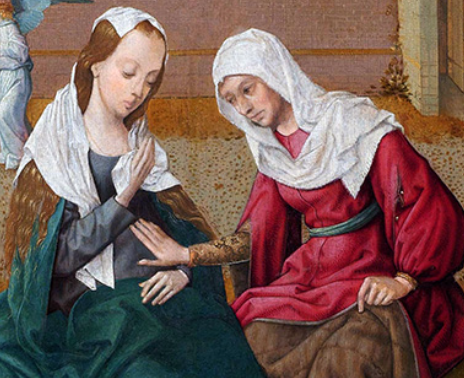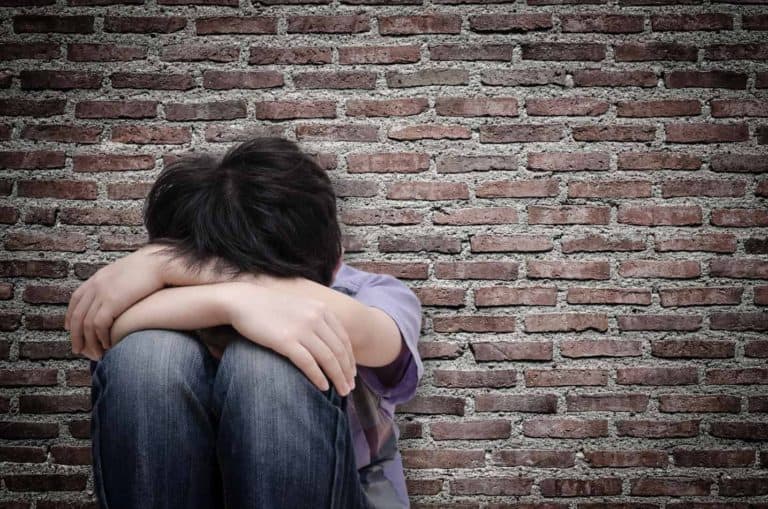Who Counts as a “Real Catholic”? Global Research Offers Surprising Answers
The modern American Catholic identity reveals a fascinating paradox. 20% of U.S. adults—about 52 million people—call themselves Catholic, yet their beliefs and practices tell a different story.
Catholic Church doctrine remains clear and unwavering. The reality on the ground paints a more nuanced picture. Mass attendance reaches only 28% weekly, and despite the Church’s firm stance against abortion, roughly six-in-ten Catholics believe it should be legal in most cases. The picture becomes even more complex when you consider that 9% see themselves as cultural Catholics, while another 9% have moved away from the faith entirely.

The numbers tell the story clearly—the proportion of “strong” Catholics has dropped from 42% in 1987 to 27% over the last several years. This piece delves into what being Catholic means today, examining everything from official Church teachings to how different cultures interpret and practice their faith.
What does it mean to be Catholic according to Church teaching?
The Catholic Church’s official definition of membership shows us where old traditions and new interpretations come together.
A) Vatican II’s view on Catholic membership
The Second Vatican Council brought the most important clarity to Catholic identity. The Church sees itself as “concerned with the whole of man’s life” [1]. This role covers both spiritual and secular parts of human life. Vatican II then made it clear that Catholic education takes part in the “evangelizing mission of the Church” [1].
B) Canon law requirements for Catholic status
Canon Law clearly lists everything in Catholic membership:
- Valid baptism as the foundational sacrament [2]
- Profession of true faith
- Participation in Church sacraments
- You retain control under legitimate Church authority [2]
Canon Law states that “Sacred ministers cannot deny the sacraments to those who seek them at appropriate times, are properly disposed, and are not prohibited by law from receiving them” [2].
C) Modern papal statements on Catholic identity
Modern papal teachings have brought new depth to our understanding of Catholic identity. Pope Francis stresses that Catholic identity must remain “uncompromising” and “unambiguous” [3]. Catholic institutions must show:
| Aspect | Requirement |
|---|---|
| Faith Expression | Clear testimony to Catholic doctrine |
| Institutional Practice | Lines up with Church teachings |
| Community Role | Service to all, especially the weakest [1] |
The Congregation for Catholic Education emphasizes that “every official act must be in accordance with Catholic identity” [3]. It also states that all community members “have the obligation to recognize, respect, and bear witness to the Catholic identity” [3].
These requirements are the foundations of authentic Catholic membership. The Church sees this identity working at both individual and institutional levels, which creates a complete Catholic identity ecosystem.
What are the ‘different types’ of Catholics in Modern Practice?
Modern Catholic practices show amazing diversity in faith expression. Let’s take a closer look at how Catholics live their faith today.
A) Traditional vs. progressive Catholics
A clear split exists between traditional and progressive Catholic approaches. This becomes clear in political choices, where about half of Catholic registered voters (52%) lean toward the Republican Party [4]. The numbers tell an interesting story across ethnic lines. White Catholic voters support the GOP at 61%, while Hispanic Catholics show much lower support at 35% [4].
B) Cultural vs. religious Catholics
Our research points to an interesting group – “cultural Catholics,” who make up about 9% of American adults [5]. These people see themselves as Catholic without active religious practice. The numbers paint an interesting picture – 60% of cultural Catholics value a personal relationship with Jesus Christ as key to their Catholic identity [5]. Helping the poor stands out as a vital part of Catholicism to 59% of them [5].
C) Nominal vs. practicing Catholics
The difference between nominal and practicing Catholics shows interesting patterns in religious involvement. The numbers tell us:
- Weekly Mass attendance sits at 28% of U.S. Catholics [4]
- Daily prayer reaches 52% [4]
- Religious importance ranks high to 46% [4]
The numbers reveal that 20% of Catholics show strong religious commitment through weekly Mass, daily prayer, and high religious importance [4]. A smaller group of 10% rarely attends Mass or prays [4].
Views on moral issues vary widely too. Take abortion views:
| Position | Percentage |
|---|---|
| Legal in most cases | 39% |
| Legal in all cases | 22% |
| Illegal in most cases | 28% |
| Illegal in all cases | 11% |
These patterns reflect broader shifts in religious involvement. Mass attendance shows this clearly – some Catholics attend regularly while others show up mainly for Christmas and Easter [6].
What does the global picture look like in terms of Catholic Identity?
Catholic identity shows remarkable regional variations that shape how people practice and understand their faith worldwide.
I) European vs. American interpretations
American Catholics stand at a unique middle ground between traditional European Catholicism and newer global expressions [7]. Their religious commitment surpasses their European counterparts, with higher prayer frequency (52%) and Mass attendance [7].
The European picture reveals:
- Catholics in Central and Eastern Europe show higher religious commitment than Western Europeans, with 44% attending church monthly [8]
- Only 13% of Western European Catholics think religion plays a vital role in their lives [8]
- French Catholics differ markedly from other regions – just 9% pray daily [8]
II) Latin American Catholic culture
Latin America is the heartland of global Catholicism today. The region has over 425 million Catholics – nearly 40% of the world’s total Catholic population [9]. Latin American Catholic identity shows these distinctive features:
| Aspect | Statistics |
|---|---|
| Historical Catholic Population (1900-1960s) | At least 90% |
| Current Catholic Population | 69% |
| Raised Catholic | 84% |
Recent years have brought major changes to Latin American Catholicism. Many people now join evangelical Protestant churches or move away from organized religion [9].
III ) African and Asian Catholic expressions
Asia’s Catholic identity continues to grow and evolve. The Philippines and Timor-Leste lead the way, with Timor-Leste’s population being 97% Catholic [10]. Catholic communities in other Asian countries may be smaller but still wield substantial local influence:
- Catholic institutions lead education and healthcare initiatives in Asia [10]
- More Asian Catholics take up leadership roles globally [10]
- European clergy now includes a rising number of Vietnamese and Indian priests [10]
These global variations show how Catholic identity adapts yet keeps its core essence in different cultural settings. The faith blends seamlessly with local customs and traditions, from Latin America’s devotional practices to Asia’s spiritual expressions [11].
How to measure Catholic Identity Through Practice?
Our analysis of Catholic identity through religious practices reveals the sort of thing i love – patterns that show how Catholics express their faith through action. Let’s get into the ground ways we measure Catholic involvement today.
A) Mass attendance patterns
The original data shows striking variations in Mass attendance worldwide. Nigeria guides globally with an impressive 94% weekly Mass attendance [12]. Kenya follows at 73% and Lebanon at 69% [12]. Europe and North America’s numbers paint a different picture:
| Region | Weekly Mass Attendance |
|---|---|
| United States | 17% [12] |
| France | 8% [12] |
| Netherlands | 7% [12] |
| Germany | 14% [12] |
Countries with higher GDP show lower Mass attendance rates [12].
B) Sacramental participation
Sacramental participation reveals clear generational shifts:
- First Communion rates decline from 99% among pre-Vatican II Catholics to 85% among millennial Catholics [2]
- Confirmation rates show similar patterns: 95% for pre-Vatican II generation versus 69% for millennials [2]
- Only 2% of Catholics participate in monthly confession [13]
Catholics believe sacraments make up everything in their faith – 61% say so [13]. This creates an intriguing paradox between beliefs and actual practice.
C) Adherence to church teachings
Mass attendance and adherence to Church teachings show strong connections.
Catholics who attend Mass weekly hold views that differ by a lot:
Weekly Mass attendees oppose recognition of same-sex marriages (65%) and women’s ordination (56%) [14].
U.S. Catholics support permitting contraception use – 83% according to data [14].
Another 75% favor allowing communion for unmarried couples living together [14].
These numbers highlight the complex relationship between official Church teachings and the faithful’s actual practice.
What are the Modern Challenges to Traditional Catholic Identity?
Catholics today face new challenges that reshape how they understand and practice their faith. Let’s get into three forces that disrupt Catholic identity in our modern world.
I) Impact of secularization
Religious beliefs among younger Catholics are changing dramatically. Research shows that 35% of millennials call themselves “nones” – including agnostics, atheists, and those with no religious affiliation [15]. About half of these people who grew up religious say they left because they stopped believing [15].
People struggle with belief because of:
- They see conflicts between faith and science
- They find religious claims lack evidence
- Society has become more materialistic
- They question Jesus’s historicity and divinity [15]
The situation in Europe looks even more striking. Only 21% of Europeans say religion is “very important” in their lives [1]. Church attendance has dropped to 15% across Europe [1].
II) Interfaith marriages and families
Interfaith marriages create unique challenges in keeping Catholic identity strong. Religious differences can cause major tensions if couples don’t address them before marriage, especially when they have children [3]. Here’s what research shows:
| Challenge Area | Impact on Catholic Identity |
|---|---|
| Children’s Faith Formation | Requires early agreement on religious upbringing |
| Family Traditions | Balancing different religious customs |
| Religious Practice | Potential restrictions on Catholic observance |
Young couples often don’t realize how much religious matters will matter once they start a family [3].
III) Digital age influences
The Internet brings amazing opportunities to communicate and share information, but it also challenges traditional Catholic identity in new ways [16].
Digital transformation changes Catholic practice through:
- Online content competes with church activities for attention
- Digital platforms blur physical and virtual community lines
- Social media shapes religious discussions and understanding [16]
Digital tools help connect people to their local communities, but they shouldn’t replace going to church [17]. The Church stresses that ecclesiastical relationships must stay interpersonal – between humans and between humans and God [16].
Catholic moral theologians started addressing digital ethics about 20 years after evangelical Protestant communities tackled these issues [18]. This gap has left Catholics without proper guidance for the digital age.
Conclusion
Catholic identity represents a mixture of beliefs, practices, and interpretations in our modern world. Research reveals fascinating contrasts worldwide. Nigeria stands out with 94% of Catholics attending weekly Mass, while Western nations show much lower attendance rates. These patterns reveal everything about faith in the 21st century.
The numbers challenge our basic understanding of who we call a “real Catholic.” The Church emphasizes sacramental participation and doctrine adherence in its official requirements. Yet real-life practices show wide-ranging diversity. Many Catholics keep their strong cultural and spiritual bonds even when they don’t follow every traditional practice.
The Catholic Church faces its biggest challenges from secularization, interfaith relationships, and digital changes. These challenges open new paths to deeper understanding and involvement.
You can learn more about Catholic identity by heading over to ReginaDecorCarmeli YouTube channel. It offers regular updates about Catholic traditions and modern practices.
These variations strengthen Catholicism’s power to connect with different cultures while keeping its core character intact.
FAQs
Q1. What percentage of Americans identify as Catholic? Approximately 20% of U.S. adults, or about 52 million people, identify as Catholics. However, their beliefs and practices vary significantly, with only 28% attending Mass weekly.
Q2. How do Mass attendance rates vary globally? Mass attendance rates differ dramatically across countries. Nigeria leads with 94% weekly attendance, while the United States has 17%, and some European countries like France and the Netherlands have rates as low as 8% and 7% respectively.
Q3. What are the official requirements for Catholic membership? According to Canon Law, the essential requirements for Catholic membership include valid baptism, profession of true faith, participation in Church sacraments, and submission to legitimate Church authority.
Q4. How has secularization impacted Catholic identity? Secularization has significantly affected Catholic identity, particularly among younger generations. About 35% of millennials identify as religiously unaffiliated, with many citing lack of belief as their reason for leaving the faith.
Q5. How do interfaith marriages affect Catholic identity? Interfaith marriages can present challenges to maintaining Catholic identity, particularly in areas such as children’s faith formation, balancing different religious traditions, and potential restrictions on Catholic observance. Many couples underestimate the importance of addressing these issues before marriage.
References
[1] – https://www.ncronline.org/blogs/all-things-catholic/struggle-reassert-traditional-catholic-identity-scores-two-wins
[2] – https://www.ncronline.org/news/survey-assesses-catholics-beliefs-practices-mass-sacraments
[3] – https://18doors.org/a_catholic_priests_perspective_on_interfaith_marriage/
[4] – https://www.pewresearch.org/short-reads/2024/04/12/9-facts-about-us-catholics/
[5] – https://www.pewresearch.org/short-reads/2015/09/03/who-are-cultural-catholics/
[6] – https://en.wikipedia.org/wiki/Lapsed_Catholic
[7] – https://www.pewresearch.org/global/2008/04/01/americas-catholics-occupy-a-unique-spot-in-world-of-religion/
[8] – https://www.pewresearch.org/short-reads/2018/12/19/5-facts-about-catholics-in-europe/
[9] – https://www.pewresearch.org/religion/2014/11/13/religion-in-latin-america/
[10] – https://thediplomat.com/2022/02/catholicisms-overlooked-importance-in-asia/
[11] – https://uscatholic.org/articles/201405/lessons-from-the-church-in-asia/
[12] – https://www.catholicnewsagency.com/news/253488/where-is-mass-attendance-highest-one-country-is-the-clear-leader
[13] – https://www.ltrr.arizona.edu/~katie/kt/misc/omos/0-Congregational Life Surveys/CLS/CARA-sacramentsreport.pdf
[14] – https://www.detroitcatholic.com/news/pew-finds-catholics-diverge-by-political-parties-mass-attendance-on-many-issues
[15] – https://www.usccb.org/beliefs-and-teachings/how-we-teach/catechesis/catechetical-sunday/enlisting-witnesses/confronting-secularism-today
[16] – https://thenewjsri.ro/index.php/njsri/article/view/506
[17] – https://www.modernreformation.org/resources/essays/the-communion-of-saints-in-the-digital-age
[18] – https://uscatholic.org/articles/201905/do-catholics-need-a-new-code-of-ethics-for-the-digital-age/
